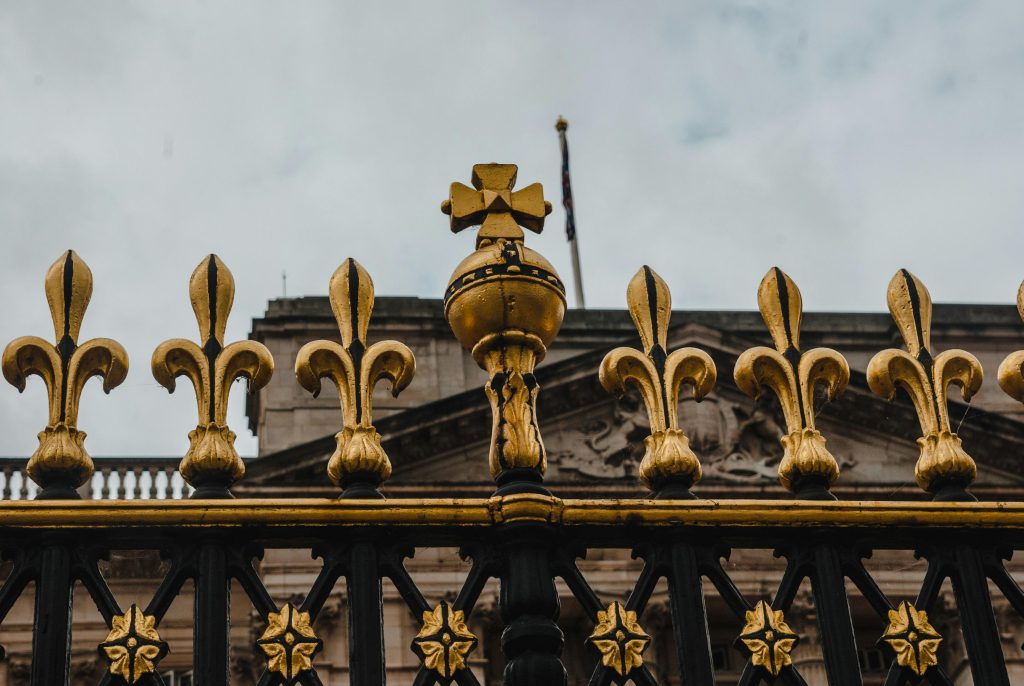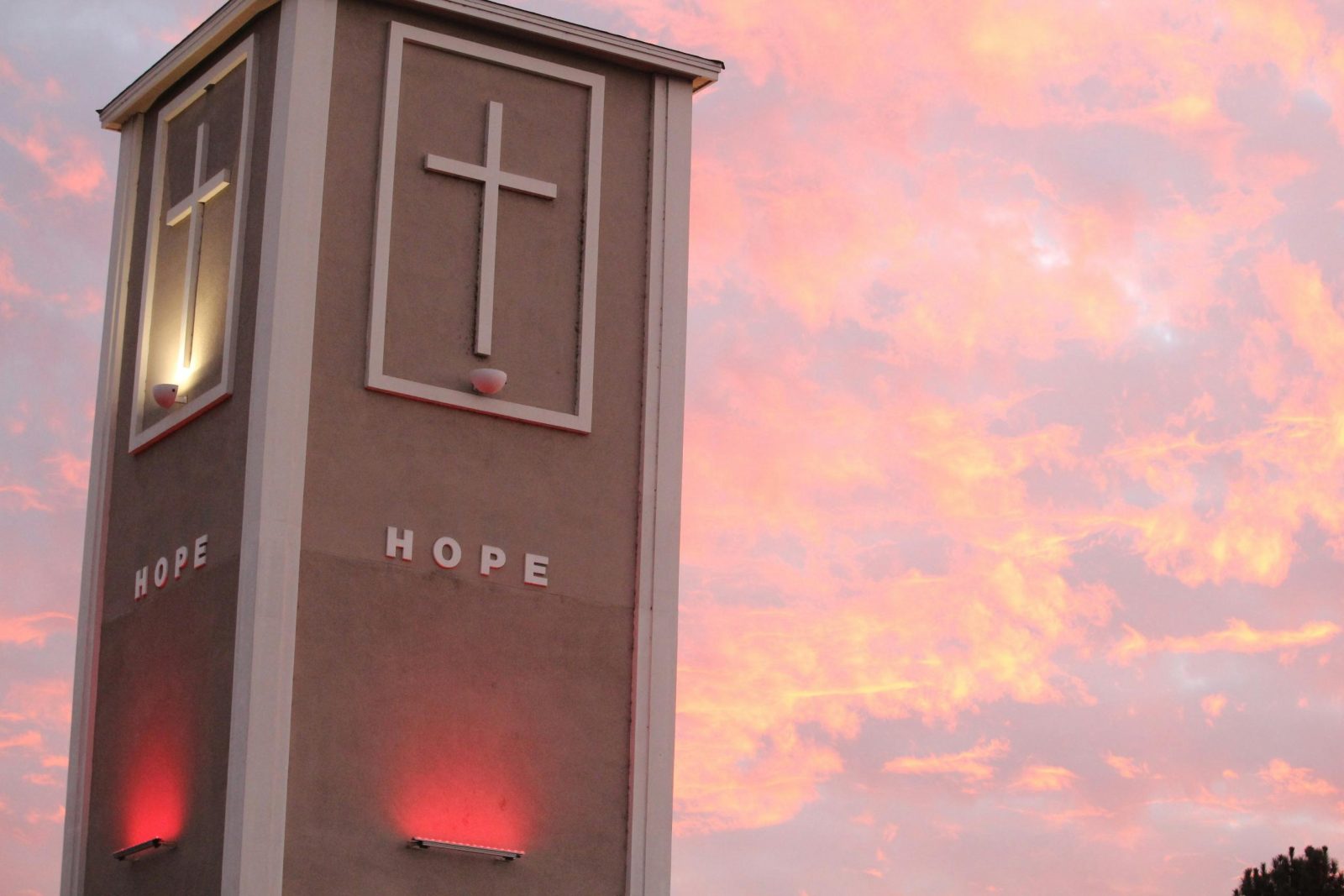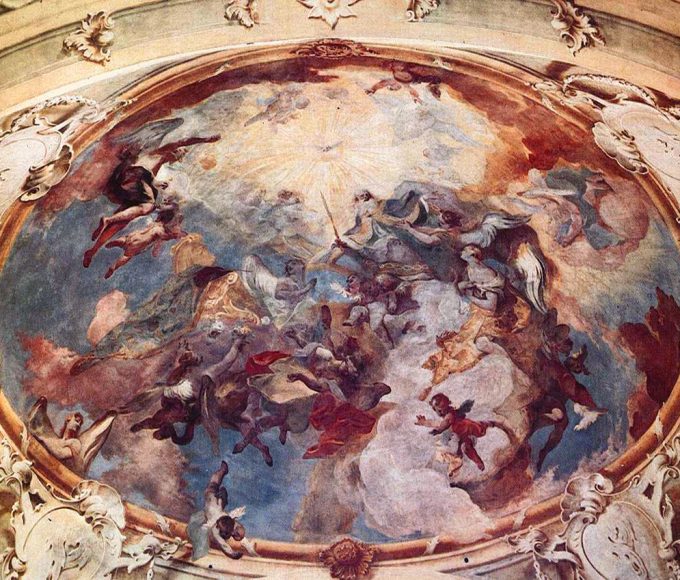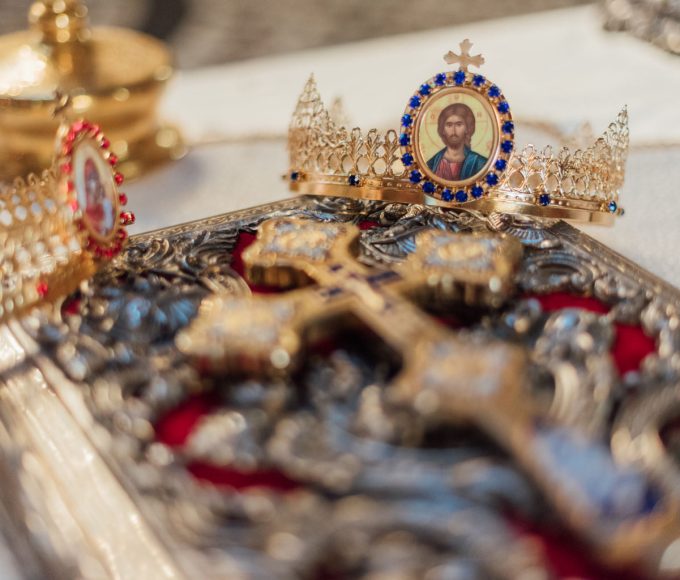Christianity is a religion rich with symbolism, each emblem carrying a story and a message that speaks to the heart of the faith. In this guide, we will explore the history, meanings, and cultural impact of some of the most well-known Christian symbols.
1. History of Christian Symbols
Christian symbols have a long and fascinating history. Early Christians used symbols as a way to express their faith during times of persecution. Symbols like the fish and the anchor served as discreet identifiers for believers. Over time, as Christianity spread and became more accepted, these symbols became more overt and are now found in churches, art, and personal expressions of faith.
2. Common and Well-Known Christian Symbols
Christianity is replete with symbols, each carrying its own unique meaning and significance.
2.1 Cross
The cross as a Christian symbol truly came into prominence during the time of Emperor Constantine in the 4th century. The cross is the most prominent symbol of Christianity, representing the crucifixion and resurrection of Jesus Christ. It is a symbol of sacrifice, redemption, unity, protection, transformation, renewal, love, hope, resurrection, power, and authority. In ancient Egypt, the ankh, a cross with a loop at the top, was a symbol of life and eternal life, often associated with the sun god Ra. In Babylonian culture, the cross was associated with the god Tammuz, symbolizing his death and resurrection.

2.2 Fish
Known as the Ichthys, the fish symbol was used by early Christians as a secret sign of their faith. It is an acronym for “Jesus Christ, Son of God, Savior” in Greek. It was used as a code by early Christians during times of persecution by the Romans to discreetly identify themselves to one another. For example, if two individuals met and one drew half of the fish symbol in the sand, the other could complete it if they were also a Christian, serving as a secret recognition system.

2.3 Dove
The dove, a symbol of peace and the Holy Spirit, is derived from the story of Noah’s Ark and Jesus’ baptism, where the Holy Spirit descended upon him in the form of a dove.
2.4 Alpha and Omega
These letters represent the beginning and the end, signifying God’s eternal nature. They are referenced in the Book of Revelation as a title for God.
2.5 Lamb of God
The lamb represents Jesus, who is referred to as the Lamb of God in the Bible, symbolizing his innocence and sacrifice.
2.6 Anchor
The anchor has long been a symbol of hope and steadfastness in the Christian faith, reminiscent of the hope found in salvation.
2.7 Crown of Thorns
This symbol represents the suffering of Jesus during his crucifixion, a poignant reminder of his sacrifice for humanity.
2.8 IHS
This monogram represents the name of Jesus in Greek and is often associated with his divine nature.
2.9 Chi Rho
One of the oldest Christograms, the Chi Rho combines the first two letters of “Christ” in Greek and was used by early Christians.

2.10 Fleur-de-lis
While often associated with French royalty, the fleur-de-lis has also been used in Christian iconography to represent the Trinity.
2.11 Orante
The orante is a symbol of prayer and spiritual devotion, depicting a person with hands raised in prayer.
2.12 Peacock
The peacock, with its colorful feathers, is a symbol of eternal life and resurrection.
2.13 Eucharist Symbols
Symbols such as the chalice and host represent the sacrament of the Eucharist, where believers partake in the body and blood of Christ.

2.14 Crescent Moon
The crescent moon is sometimes used to represent the Virgin Mary and symbolizes purity and the new beginnings that faith offers. Additionally, the crescent moon in Christianity is connected to the lunar calendar, which was used in the early days of Christianity to determine the dates of religious festivals and liturgical celebrations. It thus served as a reminder of the importance of the moon’s cycles and their connection to the Christian calendar.
2.15 Vine and Grapes
Jesus referred to himself as the vine, and the grapes symbolize the blood of Christ, used in the Eucharist to represent the unity of believers.
2.16 Wheat
The wheat represents the bread used in the Eucharist, symbolizing nourishment and the presence of Christ in the sacrament.
3. Conclusion
Christian symbols are more than just visual representations; they are a testament to the faith’s enduring legacy and the beliefs that have shaped its followers for centuries. Each symbol carries a unique story and meaning, offering a glimpse into the rich tapestry of Christian history and theology. As we continue to explore these symbols, we deepen our connection to the faith and its profound impact.
Alicia
Alicia is a passionate writer with degrees in English and American Literature. Her journey through the worlds of fashion, culture and design is as fascinating as her literary pursuits. Beyond literature, Alicia is equally an optimist who loves life. Whether it's photography, knitting, pottery, or yoga, she's willing to try it all. Beyond trends and labels, she advocate for sustainability and ethical fashion practices. She believe in the power of conscious consumerism, and she strives to highlight brands that prioritize environmental responsibility and social impact.
Recent Posts
How to Prepare for Halloween Night
10/28/2025Your Bubble Goth Outfits & Style Tips
10/14/2025How to Prepare for the Coming Halloween
09/24/2025Categories
Related Articles
French Christian Gothic Jewelry: History, Symbols & Treasures
French Christian Gothic jewelry represents a fascinating blend of faith, artistry, and...
ByAlicia07/22/2025What is A Gothic Cross
The Gothic cross is a striking symbol that transcends its religious origins...
ByAlicia11/28/2024What Symbol Represents God in Christianity
Explore the profound Christian symbols of God, from the Cross and Dove...
ByAria03/29/2024Is the Upside-Down Cross Really a Christian Symbol
Explore the upside-down cross: A Christian symbol of humility or a rebellious...
ByAria03/21/2024












Leave a comment